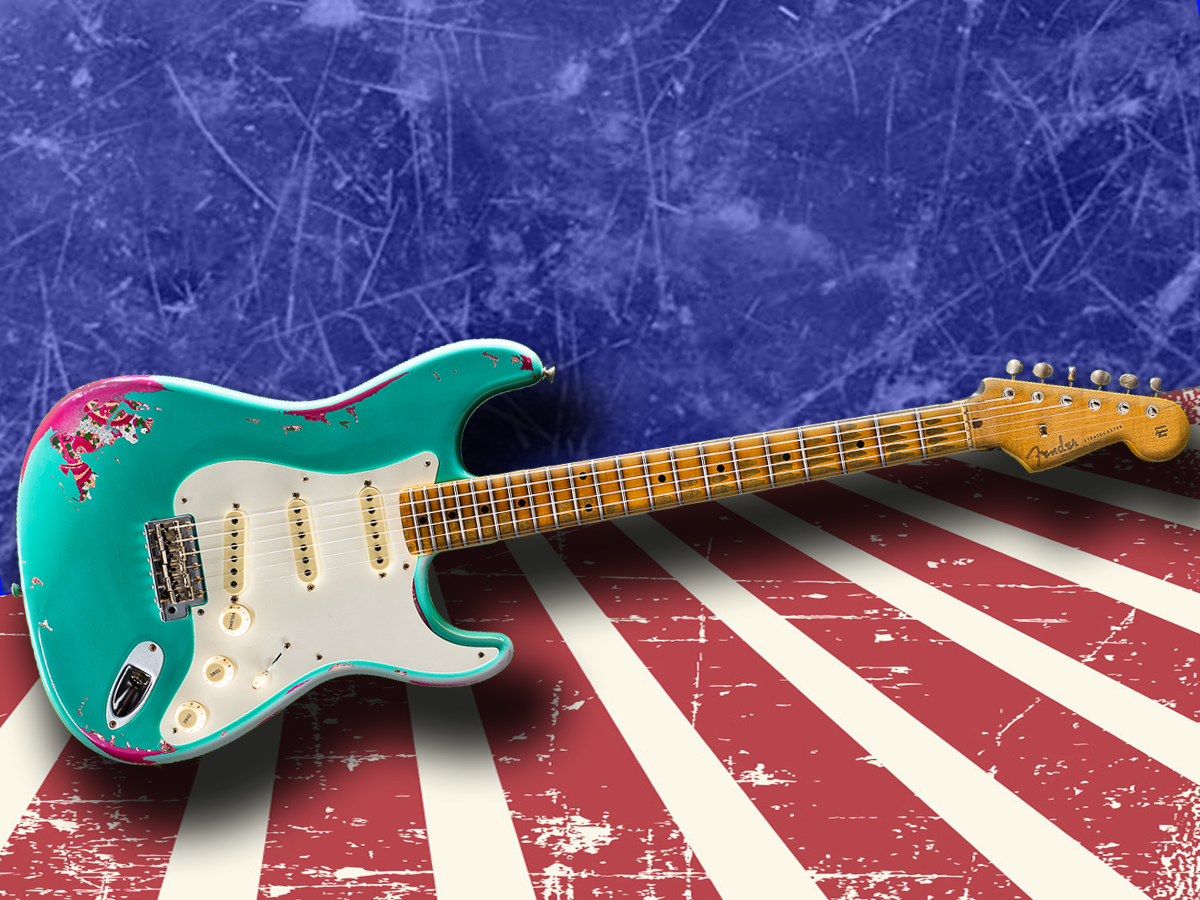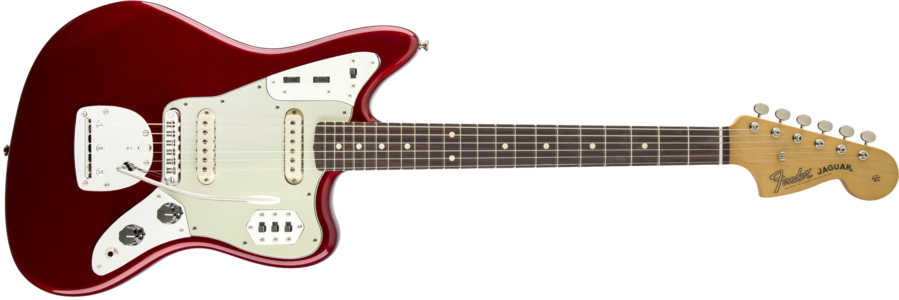Paint Finishes: Explained
by Justin Boden
Butterscotch Blonde, Tobacco Sunburst, and Olympic Pearl may all sound like catchy song titles from bands of the 1960’s or ‘70’s. However, they are all actual names of paint finish colors by Fender. Among the 99 current finish colors you can choose from when finding the guitar that is right for you. Tough choices, right?
Well, the complexities don’t just start with choosing among one-hundred different colors because it even extends to what the finish is actually made of too. In this article, we’re breaking down the positives and negatives of each common finish compound type so that you can make the most informed decision on your next axe.
Color choices aside, today there are three common compound types for your guitar’s finish - nitrocellulose, polyurethane, and polyester. All have traits and characteristics within them that can both add or take away from your experience as an instrument owner, depending on what is most important to you.
Do you like things that retain their brand new looks despite their age? Do dings or aging of your instrument drive you crazy? Perhaps you instead prefer and love the look of worn paint, scratches, dings, imperfections, and checking (small hairline cracks in the finish)? Something that's become so popular today that manufacturers have even purposely dinged, sanded and worn brand new guitars, known as “relicing”, so that they look like they already have hundreds of hours of play time on them. Which one does what though and which is best for your tastes, budget and needs?
Polyester
Eternally flamed as a 1970’s suit material, polyester remains a finish choice for guitars, albeit the seemingly least common by today’s guitar manufacturers. Polyester finishes came up during the early 1970’s primarily by Fender and a few other companies as a cheaper and faster alternative to nitrocellulose lacquers and polyurethane. The fantastic thing about the polyester finishes is that they retain their luster and won’t easily age at all. The color will remain bright, it’s extremely resistant to scratching and checking and is the cheapest option among the three finishes, which will keep the cost of your new axe down.
That’s not to say that there aren't any negative opinions about polyester. Many believe that polyester hurts the sonic sound capabilities of your guitar by encasing and locking up the wood’s natural resonance due to it’s heavy and thick coating disallowing the wood to “breathe”. This means that most of the innate sounds received from your instrument will be from the pickups alone versus a combination of wood and pickup sonic impact. So while your guitar will look great for a lifetime, and retain a cheaper price point, some are turned off by the sonic qualities of polyester, although it must be mentioned that to most it would be extremely difficult to determine which was which in a blind test, but so goes the search for that perfect tone.
Polyurethane
Prior to polyester paint finishes, Polyurethane became popular in the late 1960’s by manufacturers because it allowed a more even finish overall, and could be completed with just two coats saving time from the oft-finicky nitrocellulose chemical compound. It also dries quicker allowing for quicker processing and thus cut costs for the manufacturer as well as the end user like polyester.
Urethane, a plastic compound, is also extremely hard and resistant to abrasion and provides a very glossy look that tends to outshine nitrocellulose. It is also slightly more porous than polyester allowing for more of the wood’s natural resonance to shine through, the biggest detractor of polyester. Polyurethane sits as a nice middle option between the lack of sonic resonance polyester gives and the easily damaged but sonically preferred nitrocellulose. Much like polyester though, it’s tough as nails reputation keeps the colors bright and damage at bay.
Nitrocellulose
Invented in 1921 by the DuPont Paint Company, nitrocellulose remains the top choice among high-end and professional level instruments for a variety of reasons. Introduced during what many consider the golden age of electric guitars, the 1950’s and ‘60’s, “nitro” was originally created for the auto industry as the first spray on paint. So if you've ever wondered why guitars of that era and even today often came in colors very similar to the Cadillacs of that time, its because the same exact paint was being used!
Softer and thinner skinned than the above-mentioned finishes, nitro allows the most natural sonic resonance from the wood. While the chemical turbulence within the lacquer’s solvents cause the finish to more easily crack and check especially when drastic changes in temperature occur. Thinners within the paint finish also continue to evaporate through its lifetime causing the coat to become thinner as it ages. These may all sound like detractors, but to many, these characteristics only make the guitar more intrinsically valuable as it takes on personality and character from years of storied practice, shows and fun.
Today’s biggest push away from nitrocellulose outside of the ever-growing cost seems to be the impact of both health and the environment of chemicals used within nitro as consumers become more and more mindful of their impact on the planet. It’s also worth noting that solvents within the finish react easily to certain compounds, especially rubber, causing the finish to degrade when they are left on many guitar stands and mounts made using surgical style rubber hosing so it’s pertinent to remain mindful what types of stands you use, even though the stand makers have begun using compounds that do not react with nitrocellulose.
Let’s be honest, the color, finish, and shine of any guitar is the first reason you’re attracted to it. It’s what calls to you and says “pick me, I’m the one”, and what helps make the experience of purchasing a new instrument so fulfilling. With each person’s taste being completely different manufacturers are chomping at the bit to offer as many options as possible so that you can find the one that speaks to you. Whether cost, durability or tone are what matter most for you it’s easy to find the one that checks all your boxes, and will keep you inspired to pick it up, play it and continue mastering the craft of musicianship for a lifetime to come.




